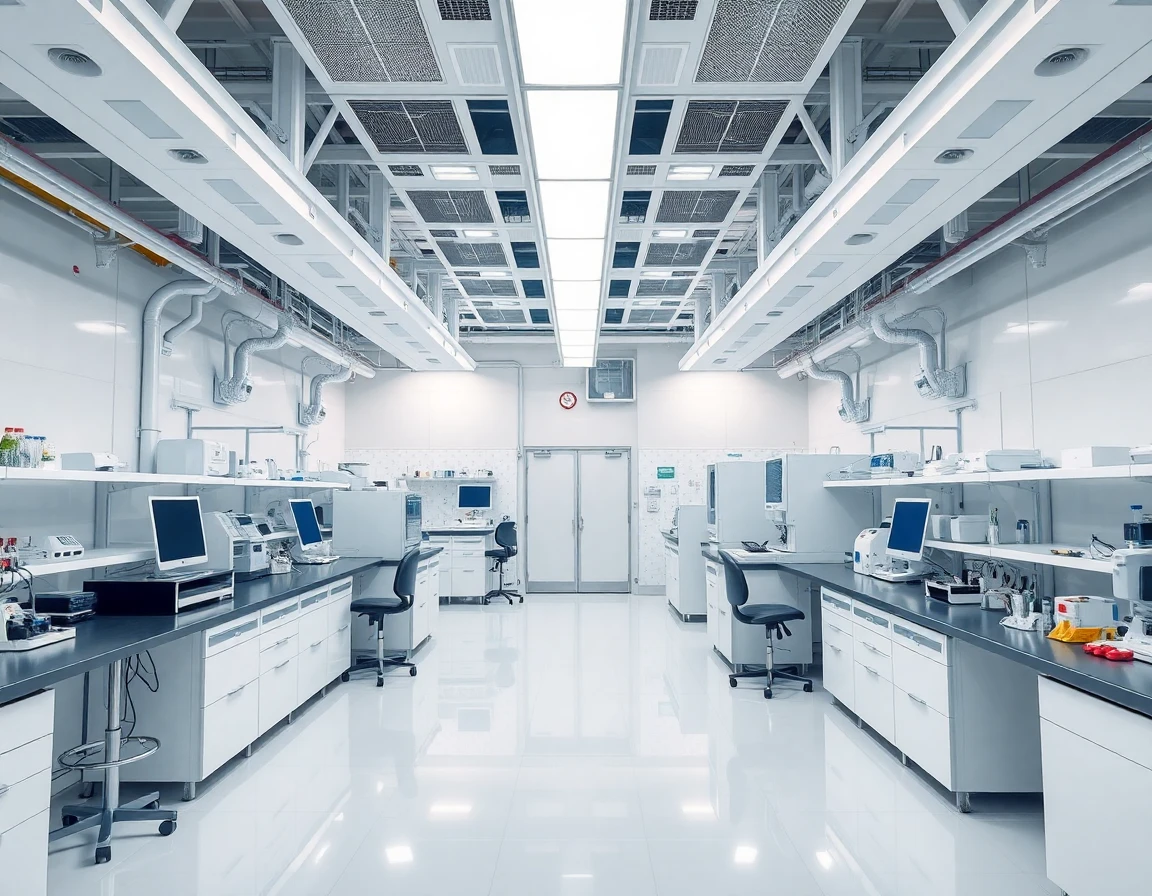The Future of Space Exploration: Commercial Space Stations
As the International Space Station (ISS) approaches its planned retirement in the coming years, the commercial space sector is experiencing a significant evolution. Private companies are now actively developing their own commercial space stations, marking a pivotal shift in how humanity will conduct research and exploration in low Earth orbit.
The End of the ISS Era
The ISS has served as a unique platform for international cooperation in science and technology since its launch in 1998. However, the aging infrastructure and increasing maintenance costs are prompting stakeholders to rethink the future of human presence in space. NASA has already begun transferring responsibilities to commercial entities, inviting them to fill the gap left by the ISS.
Emergence of Commercial Space Stations
Several companies, including Axiom Space, Blue Origin, and Sierra Nevada Corporation, are at the forefront of developing commercial space stations. Axiom Space, for instance, plans to launch its first module in 2024, aiming to establish a fully operational commercial space station by 2028.
“The transition from government-run to commercially operated space stations is essential for the growth of the space economy,” says Dr. Emily Carter, an aerospace industry analyst. “These platforms will provide a unique opportunity for private companies to innovate and expand their research capabilities in microgravity.”
Technical Innovations Driving Development
The shift towards commercial space stations necessitates advanced technological solutions. Key components such as high-precision rotary electric actuators will play a critical role in ensuring smooth operations aboard these stations. These actuators are essential for precision-guided applications, particularly in robotic arms and automated systems that will be used for assembly and maintenance tasks.
Research and Economic Opportunities
Commercial space stations are not just about replacing the ISS; they represent a new frontier for scientific research and commercial ventures. From pharmaceutical testing to materials science, the microgravity environment offers unique advantages that cannot be replicated on Earth.
Companies are already exploring partnerships with academic institutions and pharmaceutical firms to leverage these opportunities.
The Role of Satellite Communication
As commercial space stations develop, the importance of satellite communication cannot be overstated. Reliable communication systems will be essential for data transmission, remote operations, and coordination with Earth-based facilities. Advanced satellite communication technologies will enable seamless connectivity, ensuring that researchers can communicate results in real-time and access data from various sources.
Future Impacts on Space Policy and Economy
The rise of commercial space stations will also have significant implications for space policy and the global economy. As private companies take on more responsibilities, regulatory frameworks will need to adapt to ensure safety and sustainability in space. Furthermore, the growth of a commercial space economy could lead to job creation and increased investment in related sectors.
“We are on the brink of a new space race, but this time it’s not just between nations—it’s between companies vying for leadership in a burgeoning market,” notes Dr. Sarah Johnson, an economist specializing in aerospace industries.
Conclusion: A New Chapter in Space Exploration
The development of commercial space stations heralds a transformative period in human space exploration. With innovative technologies, robust partnerships, and a focus on sustainability, these platforms are set to redefine our understanding of life beyond Earth. As we move towards a future without the ISS, we can expect to see an exciting array of scientific discoveries and commercial endeavors that will shape the next generation of space exploration.
In summary, the advent of commercial space stations not only promises to fill the void left by the ISS but also opens up new avenues for research, economic growth, and international collaboration in the vast expanse of space.



